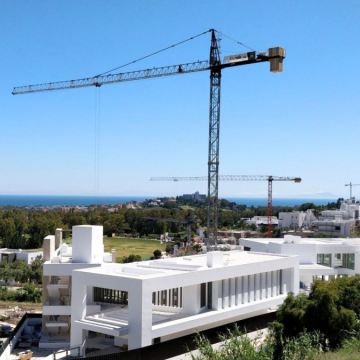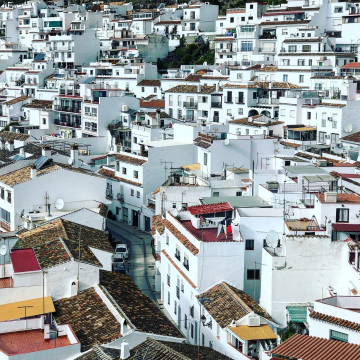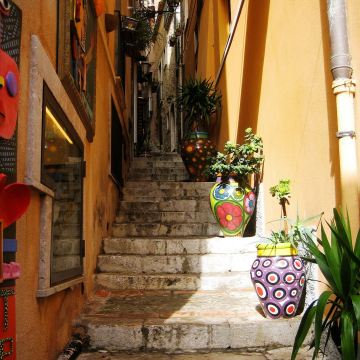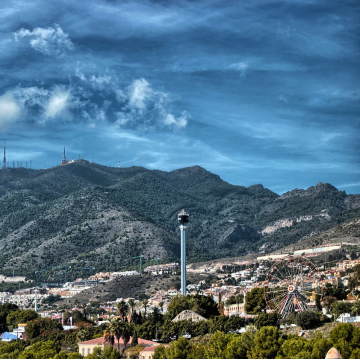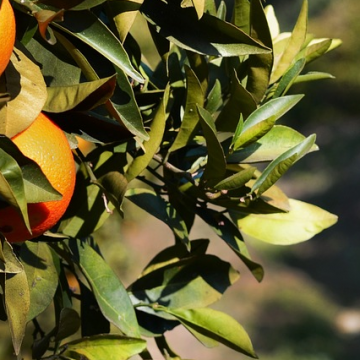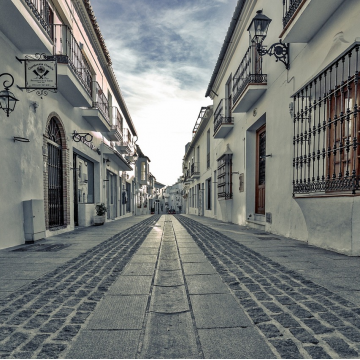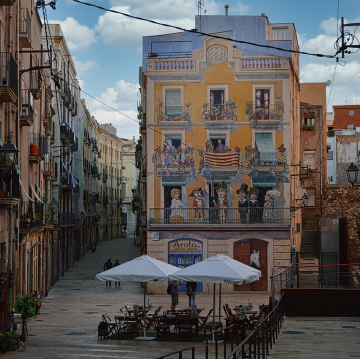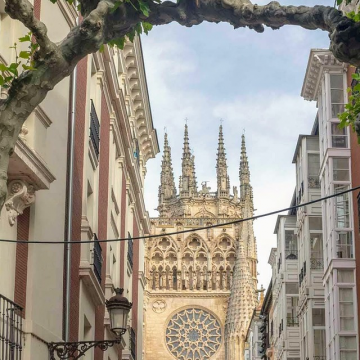Cartagena
The port of Cartagena, in the Mediterranean's Costa Cálida, has been prized since Carthaginian times. Thanks to its strategic position on the Murcia coast, it has been inhabited by several cultures which have left their mark on its artistic heritage.
This maritime enclave was already known to the Carthaginians and Romans, and its name today comes from the Latin, Cartago Nova. Cartagena was under Arab domination until Ferdinand III 'the Saint' reconquered it and incorporated it into the kingdom of Castile. Its port played a key role in the War of Succession and the Peninsular War.
Historic centre: The rich Carthaginian heritage spreads to the shores of its marina. The Muralla del Mar ('Sea Wall'), built by Charles III (18th century), delimits the old quarter. Overlooking the Mediterranean there is an element which is clearly connected with the sea: the prototype of the submarine by the inventor from Cartagena, Isaac Peral. The entrance to the city centre is dominated by the Town Hall, a gem of modernist architecture dating from the early 20th century. The Old Cathedral is located on the Camino del Parque Torres (behind the Muralla del Mar wall). This is the oldest place of worship in CartagenaCartagena (13th century), and stands on the remains of a Roman theatre discovered in 1987. This construction dates from the first century A.D., and together with the theatre in Mérida, is one of the most important in Spain. The items found on this site can be seen in the Museum of the Roman Theatre.
The coast of Cartagena is very varied and along its entire length has different landscapes ranging from high cliffs with hidden coves to large bays to delight any bather, from those in search of comfort and the entire range of services to travellers looking for untouched countryside. To the east of Cartagena, there are different landscapes which include the Regional Park of Calblanque, a privileged area of the coast of Murcia. It has a wealth of species of fauna and flora, with geographical formations as varied as coves, large beaches, fossil dunes, salt flats and mountain slopes, with various routes for visiting the park. Further on are the protected coves of Cala Flores and Cala Reona, near Cabo de Palos. This area, which also includes the surroundings of Islas Hormigas and Isla Grosa, is especially interesting for divers due to the fauna and flora that live on the rocky sea bottom.
The coast of Cartagena is completed with the Mar Menor and La Manga, a wide section of land surrounded by two seas, with long fine sandy beaches and equipped with all the tourist infrastructures you could need for an excellent holiday.

